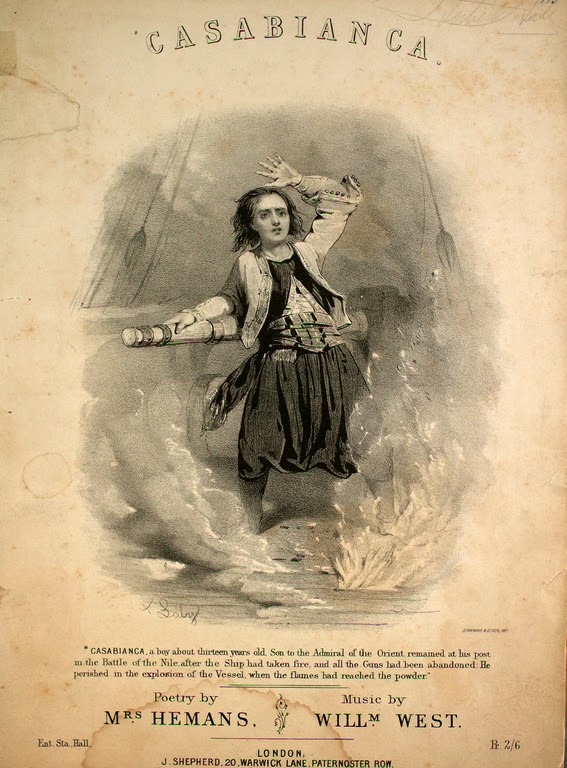Hello Romanticists,
I have chosen three odes for us to discuss in our penultimate class. I have selected these because all three are about attempting to exist in two realms simultaneously. Shelley, we know, was both extraordinarily abstract in his political and poetical theories but also devoted to pragmatic social movements of the day. Similar is Keats’ enchantment with other worlds. He is drawn into worlds of gods and fairies, into beautiful and ideal worlds beyond our capacity to fully grasp. And yet, the most characteristically Keatsian move is the awakening from these dream worlds (the knight wakes up on the cold hill’s side; the reader thuds back to her own reality with the sudden ending of “Eve of Saint Agnes”). The poems for Tuesday are all attempts to reconcile ideals with lived experience, the eternal with our specific temporal moment.
I have chosen three odes for us to discuss in our penultimate class. I have selected these because all three are about attempting to exist in two realms simultaneously. Shelley, we know, was both extraordinarily abstract in his political and poetical theories but also devoted to pragmatic social movements of the day. Similar is Keats’ enchantment with other worlds. He is drawn into worlds of gods and fairies, into beautiful and ideal worlds beyond our capacity to fully grasp. And yet, the most characteristically Keatsian move is the awakening from these dream worlds (the knight wakes up on the cold hill’s side; the reader thuds back to her own reality with the sudden ending of “Eve of Saint Agnes”). The poems for Tuesday are all attempts to reconcile ideals with lived experience, the eternal with our specific temporal moment.
Unlike the other Keats poems we have read, “Ode
to a Nightingale” has no single moment of awakening but rather is a series of
awakenings, a continual process of realization that keeps the speaker balanced
between dreaming and wakefulness. “Ode
to the West Wind” and “To Autumn” take the same season as their focal
point. While Shelley’s poem is filled
with chaotic energy straining toward future fulfillment, Keats’ poem finds a
calm balance in cyclical change which is both dynamic and eternal.
Happy Reading,
Prof. M.
Autumn Sunset by English Romantic painter John Constable
Engraving of a Nightingale by Thomas Bewick, from The History of British Birds (1797)






.jpg)
